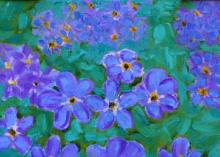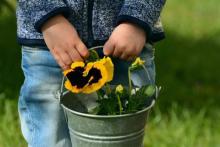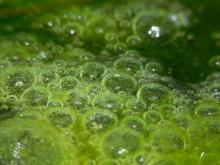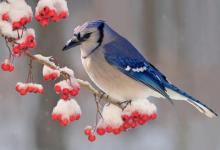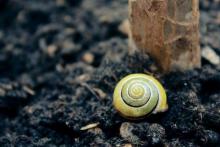Your Guide to Summer Flowers: Moonflowers
The moonflower is in the family Convolvulaceae, which includes the morning-glory. The plant is native to Central America and is now found worldwide. Moonflowers are tropical plants that are perennials in hot climates. Those plants growing in the southeastern United States form tuberous roots and become perennials; however, those plants growing in Arkansas and cooler climates are annuals.


